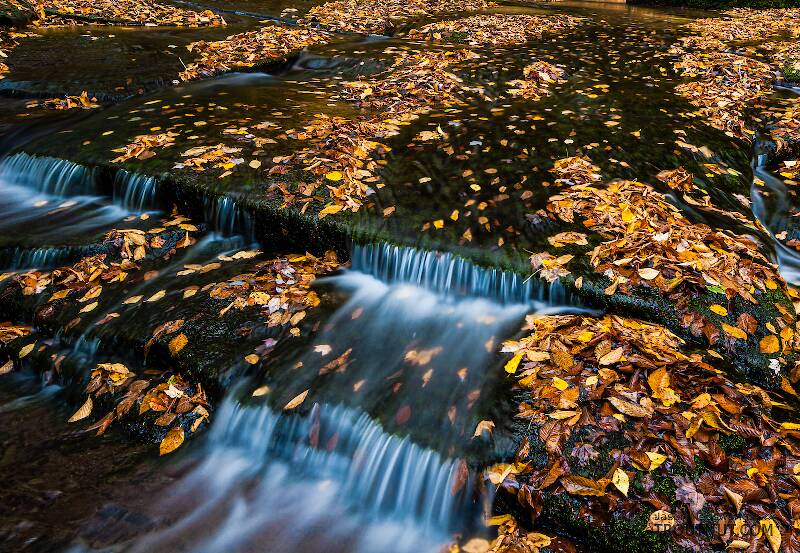
Hex Mayflies
Hexagenia limbata
The famous nocturnal Hex hatch of the Midwest (and a few other lucky locations) stirs to the surface mythically large brown trout that only touch streamers for the rest of the year.
Featured on the forum

This one seems to tentatively key to Holocentropus, although I can't make out the anal spines in Couplet 7 of the Key to Genera of Polycentropodidae Larvae nor the dark bands in Couplet 4 of the Key to Genera of Polycentropodidae Larvae, making me wonder if I went wrong somewhere in keying it out. I don't see where that could have happened, though. It might also be that it's a very immature larva and doesn't possess all the identifying characteristics in the key yet. If Holocentropus is correct, then Holocentropus flavus and Holocentropus interruptus are the two likely possibilities based on range, but I was not able to find a description of their larvae.

Troutnut is a project started in 2003 by salmonid ecologist Jason "Troutnut" Neuswanger to help anglers and
fly tyers unabashedly embrace the entomological side of the sport. Learn more about Troutnut or
support the project for an enhanced experience here.
Caddisfly Species Hydropsyche cockerelli (Spotted Sedges)
Where & when
This species may be found across the country but it is only really important in the West.
In 52 records from GBIF, adults of this species have mostly been collected during July (33%), June (33%), August (23%), and May (10%).
In 12 records from GBIF, this species has been collected at elevations ranging from 2238 to 9506 ft, with an average (median) of 5900 ft.
Species Range
Start a Discussion of Hydropsyche cockerelli
References
- LaFontaine, Gary. 1981. Caddisflies. The Lyons Press.
Caddisfly Species Hydropsyche cockerelli (Spotted Sedges)
Species Range
Common Name
Resources
- NatureServe
- Integrated Taxonomic Information System
- Global Biodiversity Information Facility
- Described by Banks (1905)

